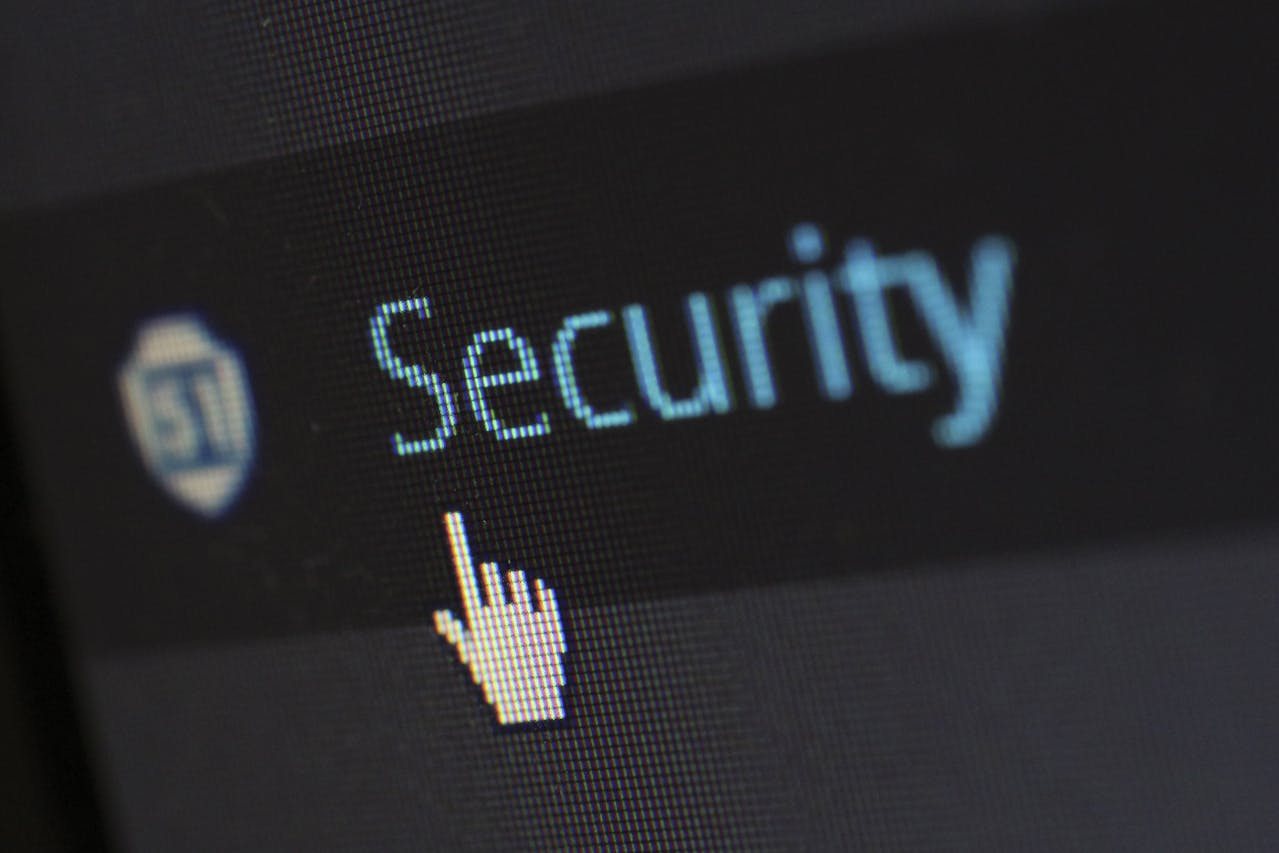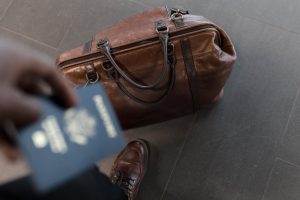Did you know that cyberattacks in the U.S. and Europe caused over $16 billion in personal losses by early 2025? What’s worse—nearly a third of these victims were everyday users, not big corporations. It’s proof that account security is no longer optional. It’s survival.
As someone who nearly lost access to my email, cloud docs, and bank accounts due to a leaked password last year, I get the panic. So here’s my no-nonsense, actually-useful list of account protection tips—no fluff, no lectures, just stuff that works.
1. Use a Password Manager—Not Your Memory
Still using “123456” or “password1”? You’re basically inviting trouble. A 2025 NordPass study found that “123456” is still the most common password in the U.S.
Your brain isn’t built to remember 30+ complex passwords. That’s where password managers come in.
Top picks (trusted by millions in the U.S. and EU):
- 1Password – cross-platform, very user-friendly
- Bitwarden – open-source, free tier is great
- Dashlane – simple UI, perfect for beginners
NordPass: 2025’s Most Common Passwords
2. Two-Factor Authentication (2FA) Is No Longer Optional
Would you lock your front door with only one bolt? Then why rely on just a password?
Almost every major service—Google, Facebook, PayPal—supports 2FA. If your password leaks, 2FA is your last line of defense.
Quick advice:
- Avoid SMS-based 2FA—it’s vulnerable to SIM-swapping
- Use authenticator apps like Google Authenticator or Authy
- For max security, get a physical key like YubiKey
3. Stop Reusing Passwords Across Platforms
You’ve probably signed up for dozens of websites over the years. If you’re still using the same password everywhere, congratulations—you’ve created a backdoor to all your digital life.
Real story: In January 2025, a niche AI tool was hacked. Most users didn’t care—until they realized 70% had used the same login for their email and bank accounts. Boom—chain reaction.
The fix:
- Use unique passwords for every site
- Let a password manager generate & store them
- Use HaveIBeenPwned to monitor leaks
4. Public Wi-Fi Is Convenient—But Often a Trap
Sure, free Wi-Fi at Starbucks or airports is handy. But according to a 2025 report by the FCC, over 40% of public Wi-Fi networks had potential for man-in-the-middle (MitM) attacks.
How to stay safe:
- Avoid logging into sensitive accounts over public Wi-Fi
- Use a reputable VPN (like NordVPN or ExpressVPN)
- Disable automatic Wi-Fi connections on your devices
5. Regularly Audit Your Digital Footprint
When’s the last time you checked your Google account logins or revoked third-party app access on Facebook?
A monthly “digital audit” can go a long way in preventing silent breaches.
Checklist:
- Review active sessions and devices
- Remove unused third-party app permissions
- Turn on login alerts and suspicious login warnings
Want help managing this? Tools like MyPermissions make it easier.
FAQ
Q: Is a VPN the same as a firewall?
Nope. A VPN encrypts your internet traffic, while a firewall blocks unauthorized access to your device.
Q: Are long, complex passwords always safer?
Only if they’re unique. “ILoveCoffee!” can be safer than “w@3%jI#d02” if it’s not reused.
Got a story about a close call with hackers? Or maybe a friend who still uses “abcd1234” as their password? Hit the comments—or share this post with them. Trust me, it might save them from a massive headache.



